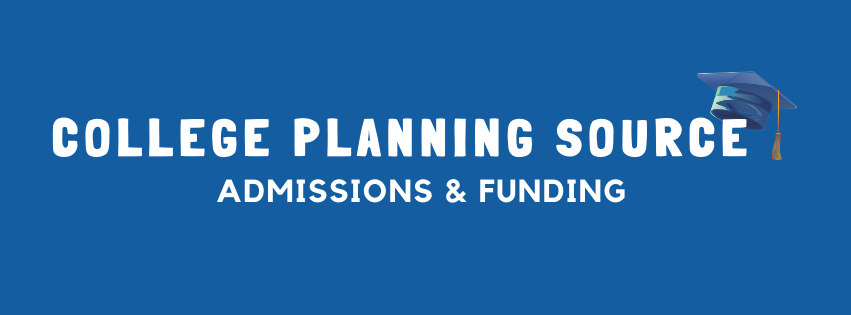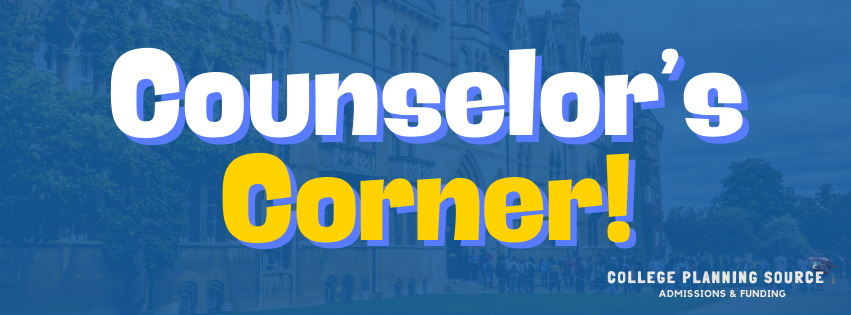-
Unique Educational Programs
Understanding Early Assurance Programs
Early Assurance Programs are designed to allow undergraduates—typically in their sophomore or junior year—to gain early admission to graduate or professional schools. These programs are particularly common in medical schools but are also found in other disciplines. Unlike traditional admission processes, EAPs do not require applicants to complete their undergraduate education before applying. Instead, students are evaluated based on their high school and early college academic achievements, along with their commitment to their chosen field.
Benefits of Early Assurance Programs
Secured Pathway
One of the most significant benefits of EAPs is the security they offer. Students accepted into these programs have a guaranteed place in a graduate or professional school, allowing them to focus on their undergraduate studies without the stress of the traditional application process.
Reduced Application Stress
Since EAPs eliminate the need to apply to multiple schools during the senior year of undergraduate studies, students can avoid the often stressful and time-consuming application process, which includes preparing for and taking standardized tests like the MCAT or LSAT.
Early Professional Focus
Being part of an EAP allows students to begin focusing on their professional development earlier. Many programs offer specialized advising, mentorship opportunities, and exposure to the professional field through internships or shadowing experiences.
Is an Early Assurance Program Right for You?
Deciding to pursue an EAP requires careful consideration. Here are several factors high school students should contemplate to determine if an EAP aligns with their goals:
Commitment to a Career Path
EAPs are best suited for students with a strong and early commitment to their chosen field. If you’re certain about your career path and eager to enter the field, an EAP might be an excellent fit.
Academic Preparedness
EAPs are competitive, requiring strong academic performance from high school through early college. Students should assess their academic achievements and readiness to meet the rigorous demands of both undergraduate and graduate studies.
Willingness to Limit Options
Acceptance into an EAP often means committing to a specific school and program early on, which can limit exploring other institutions or fields of study. Consider whether you’re ready to make this commitment.
Financial Considerations
While EAPs can offer financial benefits by shortening the time to obtain a graduate degree, it’s essential to consider the financial implications of committing to a specific school early on, including scholarship opportunities and tuition costs.
Preparing for an Early Assurance Program
For high school students interested in EAPs, preparation begins early. Focus on achieving strong academic results, gaining relevant experience through extracurricular activities or volunteering, and building relationships with mentors who can guide you and provide recommendations. It’s also crucial to research programs thoroughly, understanding their specific requirements and timelines.
Early Assurance Programs offer a unique pathway for high school students certain about their career aspirations and prepared for the challenges ahead. By securing a spot in a graduate or professional school early, students can alleviate some of the pressures associated with the traditional application process, allowing them to focus more intently on their undergraduate experience and early professional development. If you’re a high school student with a clear vision for your future and a commitment to your chosen field, an EAP could be the strategic choice that sets you on the path to achieving your goals.
Ready to get some guidance? Schedule a College Planning Assessment today!
Want college planning guidance delivered to you?
Sign up for our Counselor’s Corner Newsletter to receive helpful information and tips for
both parents and students on navigating the college admissions journey.




